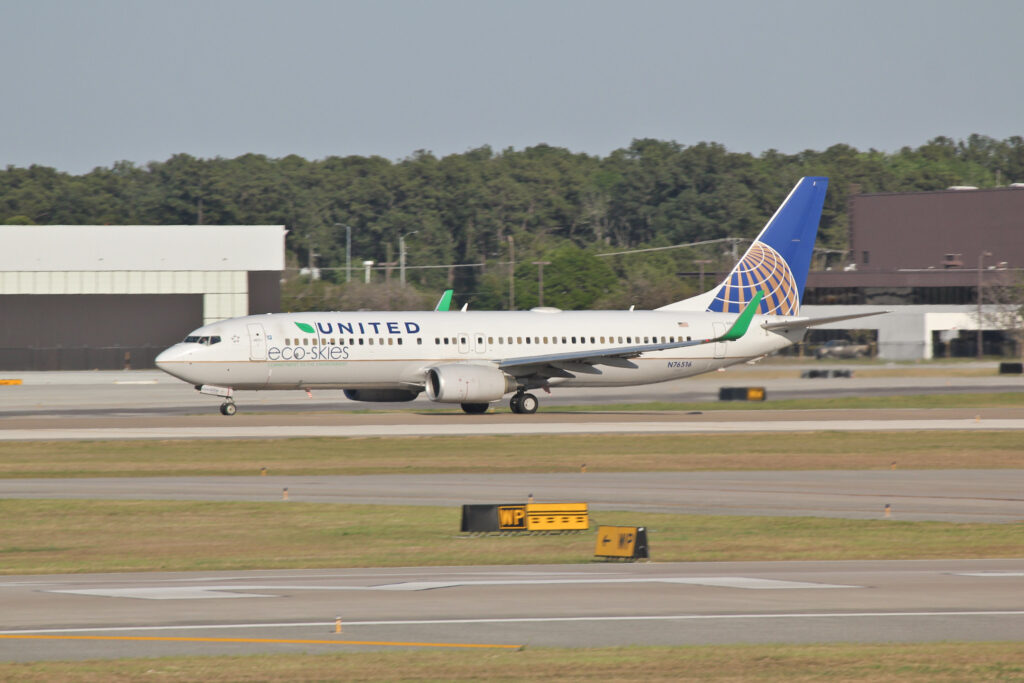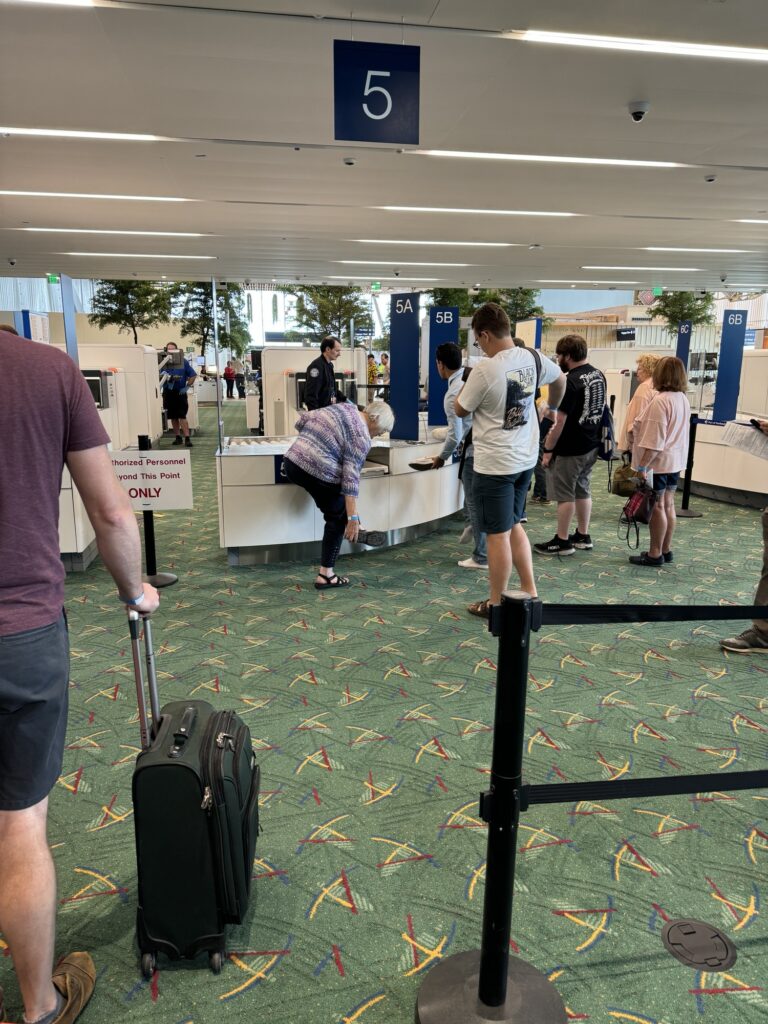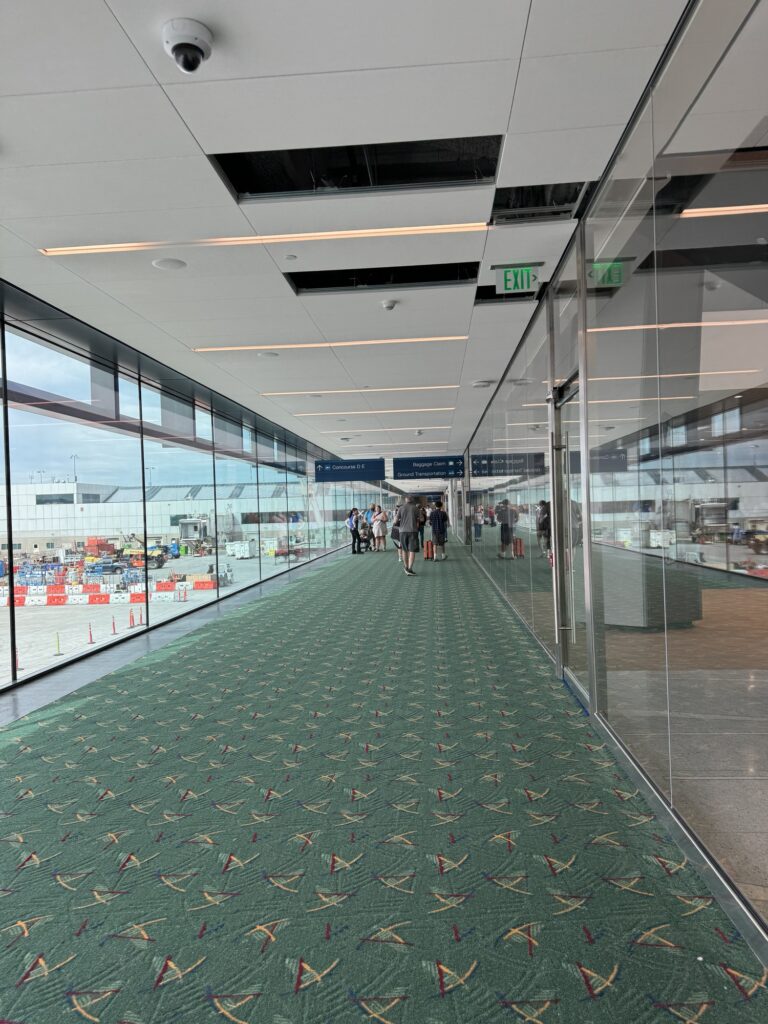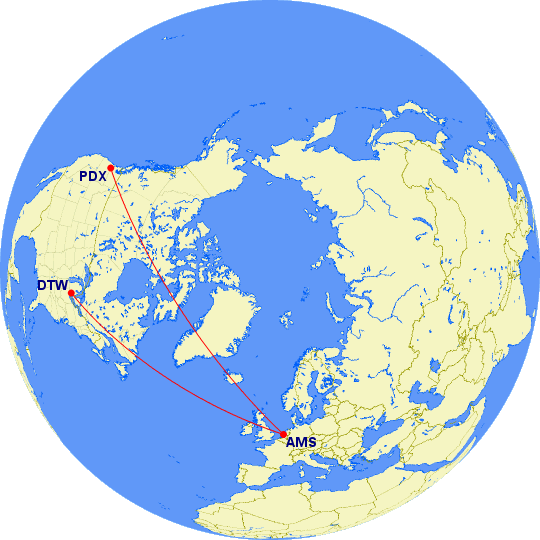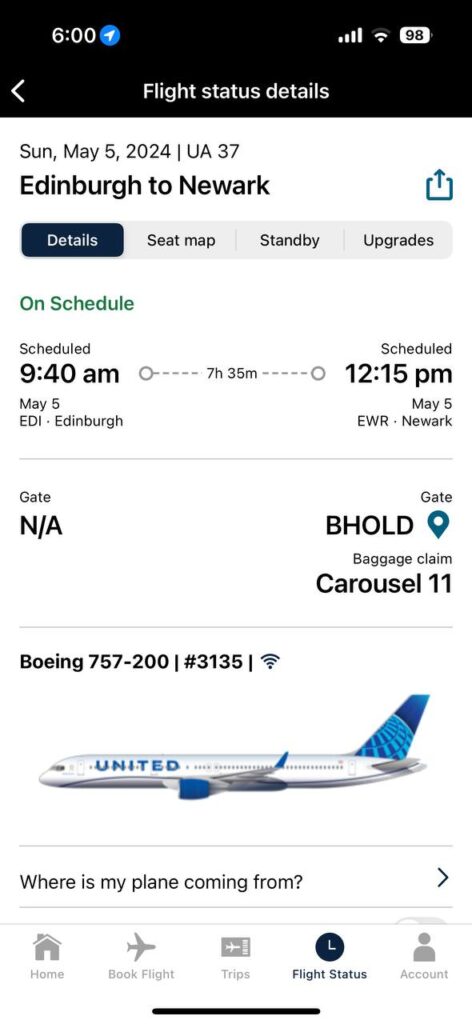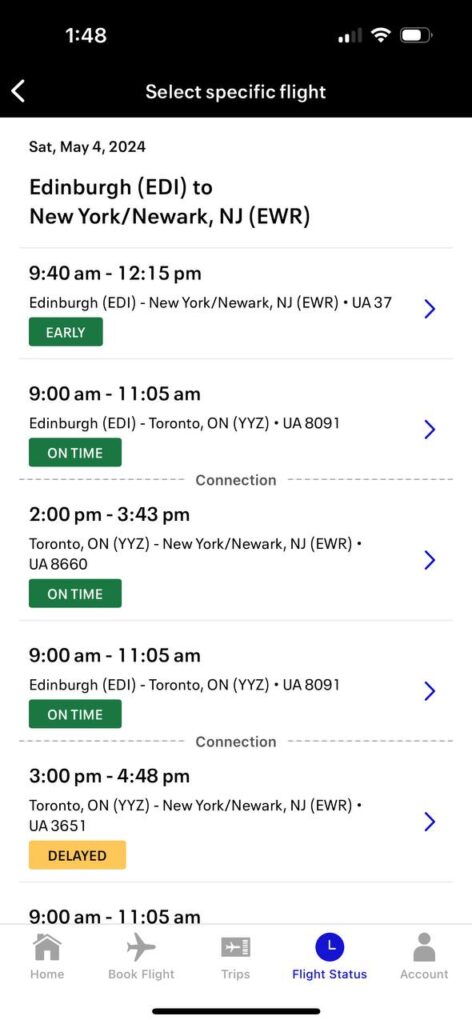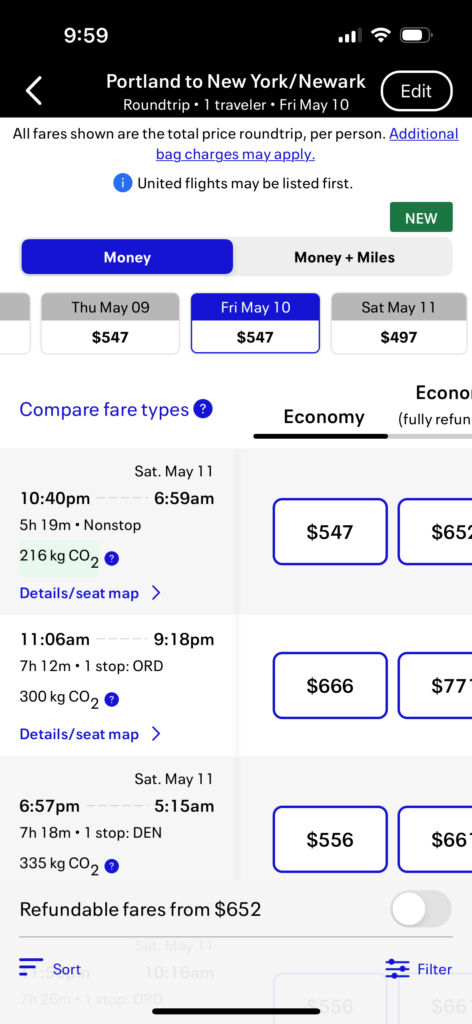
According to the book, Australia’s current Prime Minister, Anthony Albanese, has received at least 22 free Qantas upgrades from economy class, including some for his family and personal travel. The book claims that Albanese would liaise directly with Joyce for these upgrades. It’s claimed that the requests for these upgrades date back several years, including to when Albanese had the role of Transport Minister.
Ben goes on to discuss whether this even matters.
Am I the only one who feels like we’re splitting hairs here? How about we see an Australian politician actually fight for the people, and make it so that politicians don’t get access to a special lounge, and where it is an issue when politicians get free upgrades? This isn’t how it should be, in my opinion.
To what extent did these factors influence the relationship between politicians and Qantas? I mean, it’s hard to say, though if you ask me, the Australian government has tried to block foreign competitors of Qantas, all while letting the airline operate in a way that simply isn’t in the best interest of the traveling public.
I tend to think it does matter, especially as there was (and still is) quite a bit of controversy over Qantas getting its way as foreign carriers ask for more flights into Australia as part of their bilateral agreements. The Albanese government rejected those requests.
The Guardian’s write-up on the blocking of the flights is quite telling.
“The Government has the opportunity to make some immediate decisions that will put downward pressure on airfares, and improve reliability and competitiveness,” McKenzie said.
She said the decision to refuse Qatar’s request “makes little sense, particularly when we’ve seen the cost of international flights in some cases treble in the last couple of years”. McKenzie claimed allowing it would put “downward pressure on airfares”.
McKenzie said King had provided varying reasons for rejecting the request, including wanting “to help Qantas afford to buy new planes”.
“This government seems to be running a protection racket for a major domestic carrier by refusing to increase competition and freight capacity,” McKenzie said.
Prices into and out of Australia are at all time highs and Qantas is posting record profits. Other carriers are begging to fly more flights and potentially lower fares and those requests are being rejected by a government where the leader is receiving status and upgrades from what you could call the national airline. If it walks like a duck, talks like a duck, and gets upgraded like a duck…

